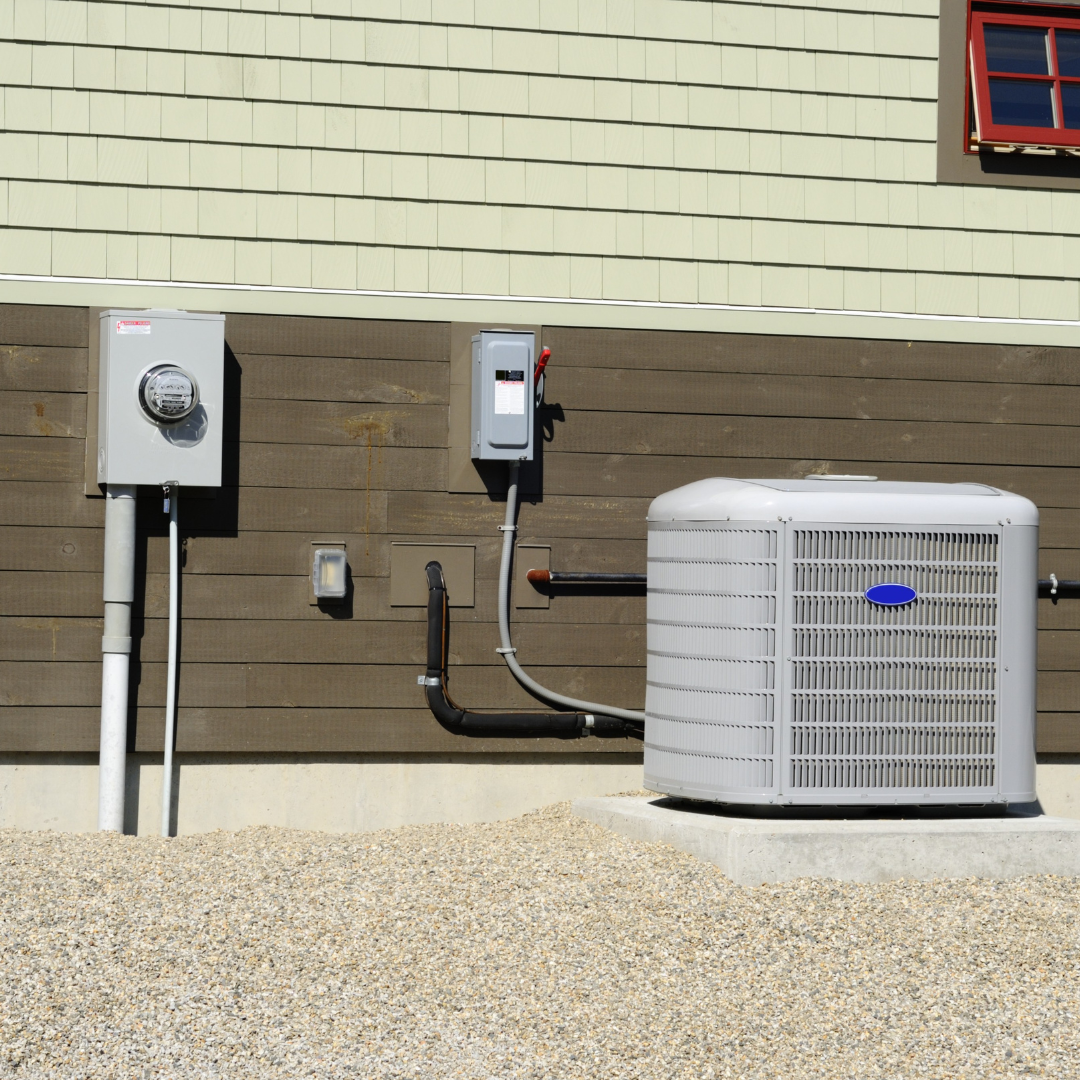Look no farther than your heating and cooling system for ideas to keep your costs under control. Heating and cooling systems account for more than half of total residential energy usage and can cost thousands of dollars to replace. Keeping your HVAC system in good working condition is a fantastic way to save money on monthly energy bills and avoid the hefty expenses of repairing or replacing the system, or calling your HVAC professional.
Schedule HVAC Preventative Maintenance Professionally
Consider arranging two seasonal HVAC tuneups each year, one for the air conditioning and one for the heating. HVAC installation providers and professionals will completely service, examine, and troubleshoot the system during regular maintenance inspections to keep it running properly and prevent breakdowns. The HVAC technician will:
- Examine the calibration and settings of the thermostat.
- As needed, tighten electrical connections.
- All moving components should be lubricated.
- Inspect and clean the condensate drain as needed.
- Examine the system controls.
- Clean and fine-tune the blower components.
- Evaporator and condenser coils should be cleaned.
- Examine the refrigerant charge
- Examine the fuel line connectors.
- Examine the gas pressure, the burner combustion, and the heat exchanger.
Change the Filters
Filters remove dust, hair, and other particles from the air, preventing pollutants from spreading throughout the house. By changing the HVAC filter every 30 days, you may enhance the air quality in your house while using less energy. Filters that are clean enable more air to pass through, allowing the system to heat and cool more efficiently. For most systems, filters with MERV ratings of seven to thirteen provide a great blend of filtering ability and maximum airflow.
Conduct A Visual Inspection Of The Hvac System.
To detect possible issues, inspect the system monthly when changing the filter. Examine the thermostat, the inner unit, the outside unit, the registers, and the returns. In addition, you should look at the following:
- Check the thermostat’s battery status.
- Check that the condensate system is draining correctly and that the filter access and cabinet door are securely closed.
- Check that the flue system is firmly fastened and completely intact.
- Check that all registers and returns are unlocked and accessible.
- Examine all registers for mold.
- Check that the exterior unit is level. If required, use rot-proof shims to level it.
Remove Clutter From Around the Indoor HVAC Unit
The space surrounding your interior HVAC unit should be kept free to optimize air quality and safety. The more items you have lying about, the more surface area there is for dust to accumulate and finally make its way into the vent system. Clutter also limits air circulation in the surrounding area, which is detrimental to system performance. Furthermore, clutter can be a fire threat as well as a trip hazard, making repairs and upkeep more difficult.
Maintain A Clean And Clear Outside Unit
The exterior HVAC unit can quickly accumulate falling leaves, twigs, grass clippings, and other debris. When performing yard maintenance, remove all debris from around the unit and spray it off if dirt begins to gather. To assist maintain optimal airflow, keep adjacent plants cut back at least two feet from all sides of the unit.
Control Your Home’s Temperature
Maintaining your HVAC system entails operating it at appropriate temperatures and avoiding using it as much when you are away from home or sleeping. Install a programmable thermostat to automatically change the temperature throughout the day. When you leave the house chilly in the winter and warm in the summer, the system will run less frequently, consume less electricity, and last longer.
Replace the Thermostat Batteries
Some thermostats are connected into the electrical system of the home. Others are powered by batteries. To avoid problems, replace batteries at least once a year.
Maintain the Carbon Monoxide Detector
In houses with combustion-based heating systems, such as natural gas or fuel oil, a carbon monoxide detector is an important safety equipment. The alert might save your life in the case of an exhaust leak, poor ventilation, excessive gas flow, or other problem.
These devices have an average lifespan of seven years. Monthly check and replace the carbon monoxide detector to ensure it is in good working order. Replace the batteries every six months.
Think About Complete Replacement
An HVAC system has a 15 to 25 year lifespan on average. That timeline can change depending on a number of factors, such as the system’s brand, kind, and regularity of maintenance. You may extend the operating life of your heating and cooling system and ensure higher efficiency for a longer period of time by taking good care of it.
Over time, energy efficiency starts to decline and repairs start happening more frequently. Don’t wait until the warmest day, the coldest night, or while you’re on vacation before you realize the old system isn’t as reliable as it once was. Make a plan and update your HVAC system when it’s convenient for you.


